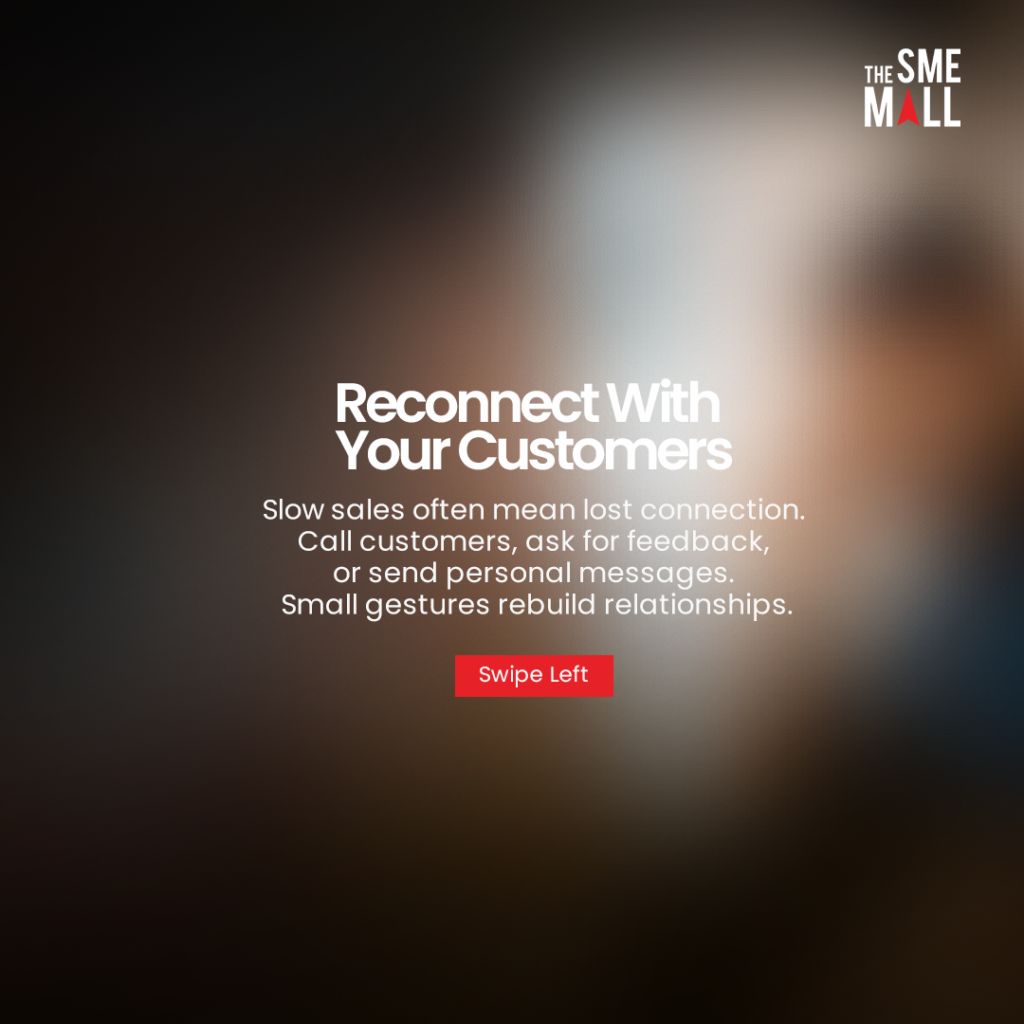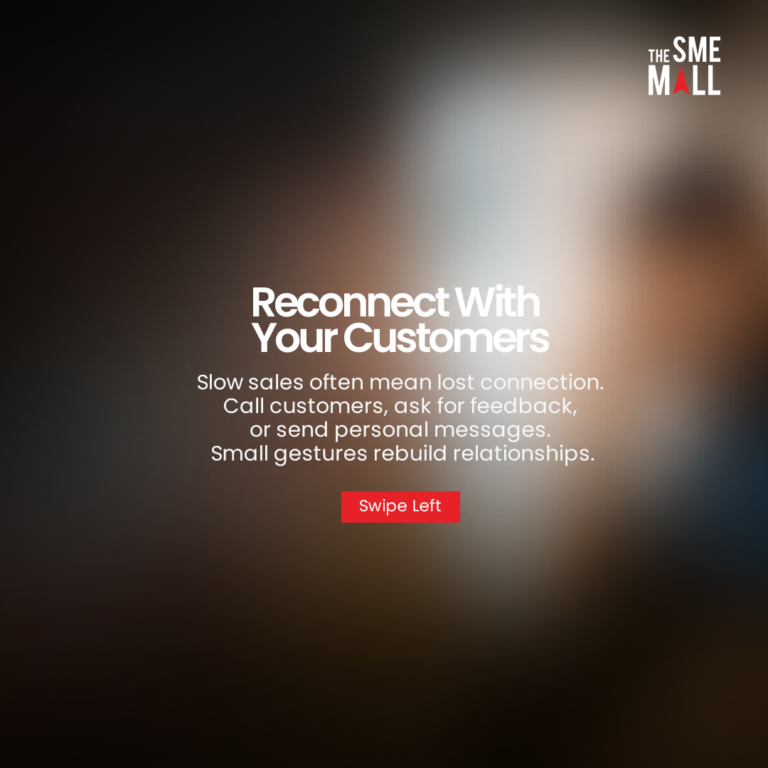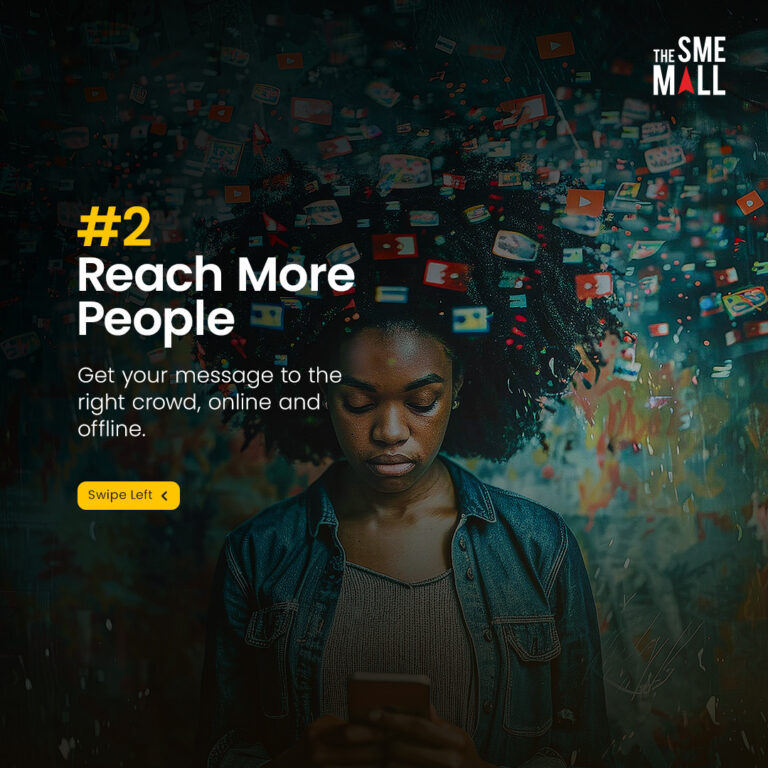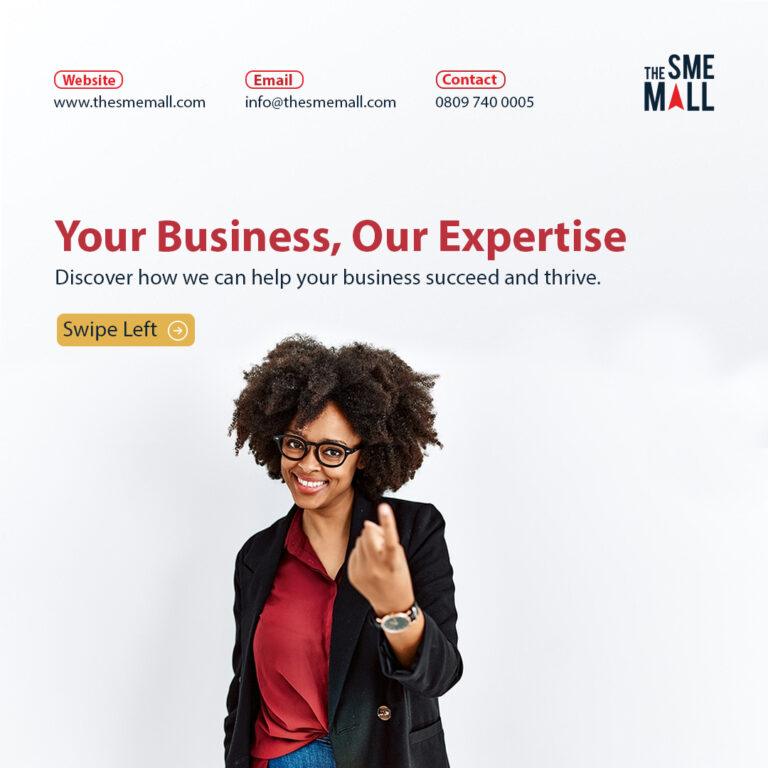Warm Outreach: How Nigerian Businesses Can Turn Connections Into Sales
Warm Outreach: How Nigerian Businesses Can Turn Connections Into Sales
Warm Outreach: How Nigerian Businesses Can Turn Connections Into Sales
Warm Outreach: How Nigerian Businesses Can Turn Connections Into Sales
You’ve sent hundreds of cold messages and emails to potential customers. Most get ignored. A few respond with polite rejections. None convert into actual sales. Meanwhile, your competitors seem to effortlessly attract customers who already trust them and want to buy.
The difference isn’t their products, prices, or marketing budgets. It’s their approach. While you’re chasing strangers with cold outreach, successful businesses focus on warm outreach – reaching people who already know, recognize, or have interacted with their brand in some way.
What is a warm outreach? It’s the strategic approach of connecting with prospects who already have some familiarity with your business, making them significantly more likely to respond, engage, and ultimately become paying customers.
Why Cold Outreach Is Killing Your Sales
Understanding warm outreach vs cold outreach reveals why one strategy consistently outperforms the other in both response rates and conversion results.
Cold outreach targets complete strangers who’ve never heard of your business. You’re interrupting their day with unsolicited messages hoping they’ll be interested. Research shows that 91.5% of recipients ignore cold outreach messages completely. The remaining responses often include annoyance, spam reports, or polite rejections.
Low response rates plague cold outreach because people naturally distrust messages from unknown sources. When your email or message arrives from someone they don’t recognize, most people delete it without reading.
High rejection sensitivity affects sales teams relying on cold outreach. Facing constant rejection damages morale and creates burnout among even the most motivated salespeople.
Wasted resources result from mass outreach campaigns targeting hundreds or thousands of prospects who will never become customers regardless of message quality.
Poor conversion rates occur because cold prospects haven’t built trust with your brand. Even when they respond, converting them requires extensive nurturing that many never complete.
Spam perception damages your brand reputation when aggressive cold outreach makes your business appear desperate or unprofessional.
The fundamental problem with cold outreach isn’t execution – it’s the strategy itself. Starting conversations with strangers requires overcoming natural resistance that warm outreach bypasses entirely.
What Warm Outreach Really Means
Warm outreach meaning extends beyond simple definition to encompass a complete mindset shift in how businesses approach customer acquisition and relationship building.
What is an example of a warm outreach? It’s reaching out to someone who downloaded your free guide last month, engaged with your social media posts, attended your webinar, or was referred by an existing customer. These people aren’t strangers – they’ve already shown interest in what you offer.
Warm prospects include past customers who stopped buying, website visitors who didn’t complete purchases, social media followers who engage with your content, event attendees who met your team, referrals from satisfied customers, and anyone who requested information but didn’t convert immediately.
Existing familiarity creates psychological advantages that cold outreach can never achieve. When prospects recognize your business name, they’re exponentially more likely to read your message, respond positively, and consider your offers seriously.
Trust foundation already exists with warm prospects because previous interactions created positive impressions. This trust accelerates sales cycles and reduces the skepticism that kills cold outreach attempts.
Contextual relevance allows personalized messaging that references specific interactions or interests. Instead of generic pitches, warm outreach continues existing conversations naturally.
The difference between reaching out cold versus warm is like the difference between knocking on strangers’ doors versus calling friends who already know you. One feels intrusive; the other feels natural.
Building Your Warm Outreach Strategy
Learning how to do warm outreach requires systematic approaches that identify, engage, and convert prospects who already have connections to your business.
Step 1: Identify Your Warm Prospects
Start by categorizing everyone who’s interacted with your business. Past customers represent your warmest prospects because they already trust you and understand your value. Website visitors who didn’t complete purchases showed interest but need additional persuasion.
Social media followers who regularly engage with your content demonstrate ongoing interest. Email subscribers who open your messages but don’t buy need better calls to action. Event attendees who met your team have face-to-face connections to leverage.
Referrals from existing customers come pre-qualified with trust transferred from the referring party. LinkedIn connections who accepted your requests but never engaged further represent untapped warm opportunities.
2: Research Their Specific Needs
Understanding warm outreach strategy means going beyond generic messages to address specific pain points and interests that each prospect has demonstrated through their previous interactions.
Review their LinkedIn activity to understand their professional challenges and goals. Check what content they’ve downloaded or engaged with to identify specific interests. Note which products or services they viewed on your website to understand purchase intent.
Analyze their social media comments and posts to learn their perspectives and concerns. Consider their industry, role, and company size to infer likely challenges even when not explicitly stated.
3: Personalize Every Message
Warm outreach for business sample messages reference specific interactions while offering clear value propositions that address identified needs.
Mention the specific content they engaged with: “I noticed you downloaded our guide on cash flow management last month. How’s that going for your business?”
Reference mutual connections: “James mentioned you’re looking for accounting solutions. I’d love to share how we’ve helped similar businesses.”
Acknowledge their challenges: “I saw your LinkedIn post about scaling challenges. We’ve helped three businesses in your industry solve similar problems.”
Build on previous conversations: “Following up on our chat at the business expo. You mentioned struggling with customer retention…”
4: Choose Your Communication Channels
Effective warm sales outreach uses channels where prospects are already active and comfortable engaging.
Email works well for prospects who’ve subscribed to your list or requested information. LinkedIn messages suit B2B prospects who actively use the platform professionally. WhatsApp reaches Nigerian customers who prefer instant messaging for business communications.
Phone calls work for prospects you’ve met in person or who’ve specifically requested contact. Social media comments and direct messages continue conversations started through content engagement.
5: Time Your Outreach Strategically
Send messages when prospects are most likely to be receptive and available to engage meaningfully with your content.
Tuesdays through Thursdays between 10am and 12pm typically generate highest response rates. Avoid Mondays when people are catching up from weekends and Fridays when attention shifts to weekend plans.
Follow up two to three times over one to two weeks if initial messages don’t receive responses. Space follow-ups appropriately to maintain presence without becoming annoying.
6: Deliver Immediate Value
Every warm outreach message should offer something useful before asking for anything in return.
Share relevant resources like industry reports, helpful guides, or case studies that address their specific challenges. Offer brief consultations or strategy calls that provide genuine insights regardless of whether they buy.
Provide personalized recommendations based on their situation and previous interactions with your business. Connect them with helpful contacts or resources even if not directly related to your services.
Practical Warm Outreach Examples That Work
Seeing warm outreach email template examples helps you understand how theory translates into practical messages that generate responses and conversions.
Example 1: Following Up on Downloaded Content
Subject: Quick question about [topic they downloaded]
Hi [Name],
I noticed you downloaded our guide on [topic] last week. I’m curious – what specific challenge prompted you to look for information on this?
And i asked because we’ve helped [number] businesses in [their industry] solve similar problems, and I’d love to share what worked best for them.
Would a quick 15-minute call this week be helpful? No pressure – just genuinely interested in understanding your situation better.
Best regards, [Your Name]
2: Reaching Out to Event Attendees
Subject: Great meeting you at [event name]
Hi [Name],
It was great chatting with you at [event] about [topic discussed]. You mentioned [specific challenge they shared].
I’ve been thinking about your situation, and I’d love to share how [similar client] solved that exact problem last quarter. The results were impressive – [specific outcome].
Would you be interested in seeing how they did it? I can send over a quick case study or hop on a brief call if you prefer.
Looking forward to continuing our conversation.
Best, [Your Name]
3: Re-engaging Past Customers
Intro: We miss you, [Name]
Hello [Name],
I noticed it’s been [timeframe] since your last order with us. I hope everything’s going well with your business!
And I wanted to reach out personally because we’ve launched [new product/service/improvement] that specifically addresses [pain point relevant to their previous purchases].
Several customers like you have mentioned [specific benefit], and I immediately thought you might find it valuable.
Would you like to catch up briefly this week? I’d love to hear how things are going and share what’s new.
My Best regards, [Your Name]
The Results: Why Warm Outreach Beats Cold Every Time
Understanding the benefits of warm outreach through concrete data reveals why successful businesses prioritize this approach over cold prospecting.
Response rates for warm outreach range from 10-20% compared to just 1-3% for cold outreach. This means you need to contact far fewer prospects to generate the same number of conversations.
Conversion rates increase dramatically because warm prospects already trust your brand. They convert 5-10 times faster than cold leads who need extensive relationship building.
Sales cycle length decreases significantly since you skip the awareness and trust-building phases. Warm prospects often make decisions within weeks rather than months.
Customer lifetime value tends to be higher for warm outreach customers because the relationships start from stronger foundations of mutual respect and understanding.
Cost per acquisition drops substantially when focusing on warm prospects. You spend less time and resources generating each sale.
Referral generation happens more naturally because customers acquired through warm outreach already understood and valued your business before purchasing.
Your Warm Outreach Action Plan
Implementing effective warm outreach starts today with systematic identification and engagement of prospects who already know your business.
Week 1: Audit Your Warm Prospects
Review your customer database for past customers who haven’t purchased recently. Check your website analytics for visitors who viewed products but didn’t buy. Analyze your social media for engaged followers who haven’t become customers.
List email subscribers who open messages but don’t take action. Identify LinkedIn connections who’ve never engaged beyond accepting connection requests.
2: Categorize and Prioritize
Organize warm prospects by engagement level, purchase potential, and recent activity. Prioritize those who’ve interacted within the past 30 days and show clear buying signals.
3: Create Personalized Messages
Develop specific messages for each prospect category that reference their particular interactions and address their likely needs.
4: Launch and Track
Begin systematic outreach while tracking response rates, conversation quality, and conversion rates. Adjust messaging based on what generates best results.
How The SME Mall Turns Your Connections Into Customers
Implementing effective warm outreach requires systematic prospect tracking, personalized messaging, and consistent follow-up that many business owners lack time to manage while running their operations.
Our Marketing & Digital services help you identify warm prospects across all channels, develop personalized outreach strategies, and implement systematic follow-up sequences that convert connections into customers without overwhelming your team.
Our Business Advisory services guide you in developing customer relationship systems that turn every interaction into warm prospect opportunities, creating sustainable growth through strategic relationship building rather than constant cold prospecting.
Stop Chasing Strangers, Start Converting Connections
The businesses winning in today’s market aren’t the ones sending the most cold messages – they’re the ones nurturing warm relationships that naturally convert into sales.
Your warm prospects are waiting. They’ve already shown interest in your business. They’re ready to engage in meaningful conversations. The question is whether you’ll reach out strategically or let competitors capture these ready-to-buy customers.
Start your warm outreach strategy today by identifying everyone who already knows your business and reaching out with personalized, value-focused messages that continue conversations rather than starting them from scratch.
Ready to turn your existing connections into paying customers? Contact The SME Mall today to develop warm outreach strategies that generate consistent sales from prospects who already trust your business



